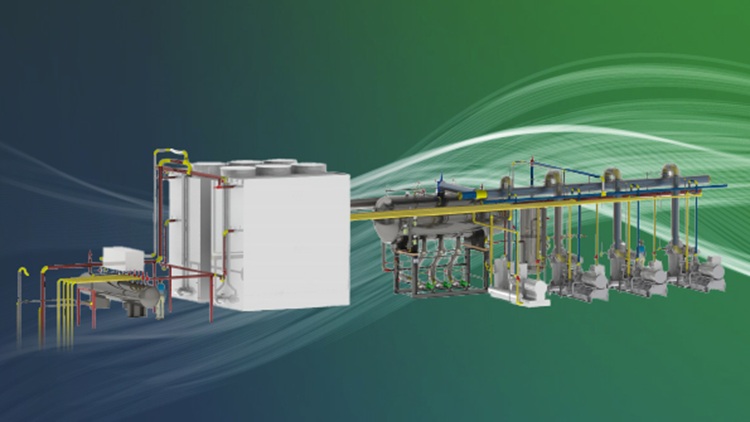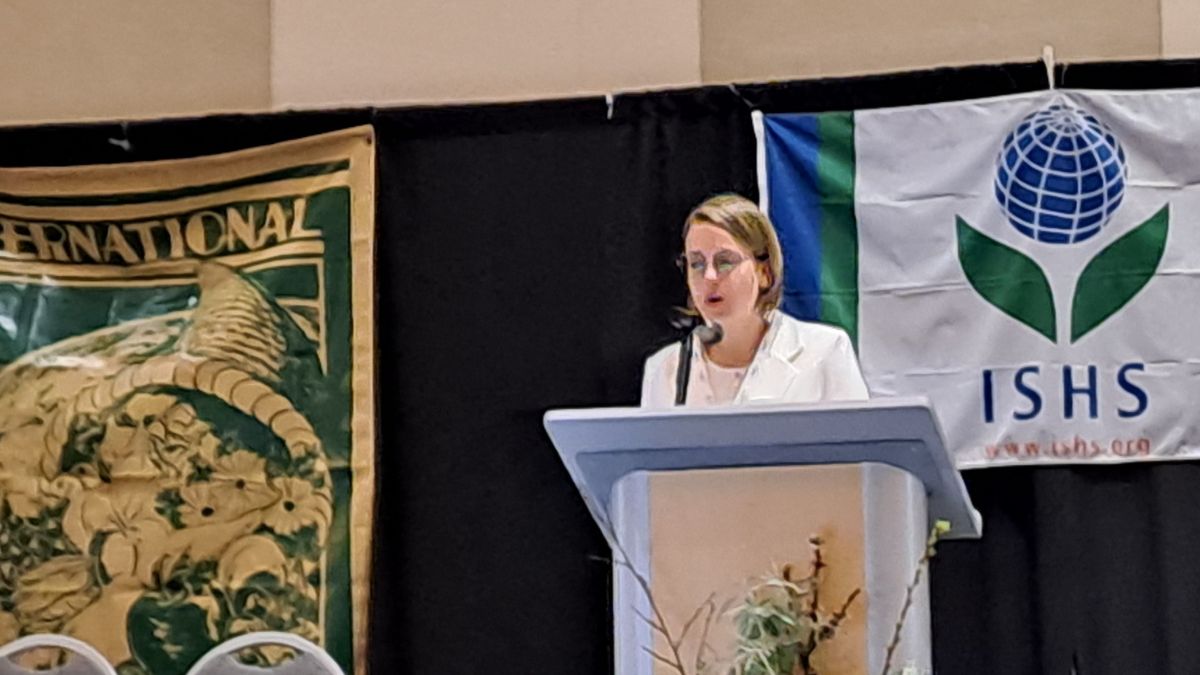Cooling and CA
Evolution of Conference Pear Quality after DCA Storage
Ilerfred studied the evolution of the quality of Conference pears after storage in Dynamic Controlled Atmosphere (DCA) conditions and assessed its impact on ripening and consumer acceptance. Relationship between Ripeness, Shelf Life, and Consumer Acceptance Horticultural products are harvested when they reach their physiological ripeness, ensuring they can be consumed with the desired quality, including firmness, sugar content, and color. However, from the moment of harvest, these products begin to age and deteriorate. Some horticultural products are stored in controlled atmosphere conditions with reduced oxygen levels and low temperatures after harvest. This reduces respiration rates, ethylene production, and water loss, effectively delaying their ripening and extending their commercial shelf life. Once these products are taken out of storage, they begin their shelf life, typically at room temperature. During this stage, they retain acceptable organoleptic quality. The shelf life can be extended by using controlled atmospheres or natural coatings. Prolonging the shelf life of horticultural products is a significant research challenge. The key aspect during the product's shelf life is to determine the op
02 November, 2023
ILERFRED studied the evolution of the quality of Conference pears after storage in Dynamic Controlled Atmosphere (DCA) conditions and assessed its impact on ripening and consumer acceptance. Relationship between Ripeness, Shelf Life, and Consumer AcceptanceHorticultural products are harvested when they reach their physiological ripeness, ensuring they can be consumed with the desired quality, including firmness, sugar content, and color. However, from the moment of harvest, these products begin to age and deteriorate. Some horticultural products are stored in controlled atmosphere conditions with reduced oxygen levels and low temperatures after harvest. This reduces respiration rates, ethylene production, and water loss, effectively delaying their ripening and extending their commercial shelf life. Once these products are taken out of storage, they begin their shelf life, typically at room temperature. During this stage, they retain acceptable organoleptic quality. The shelf life can be extended by using controlled atmospheres or natural coatings. Prolonging the shelf life of horticultural products is a significant research challenge. The key aspect during the product's shelf life is to determine the optimal ripeness stage that maximizes consumer acceptance. As fruit is a living organism, its quality changes as it ripens. Taste plays a crucial role in determining consumer perception and acceptability, which in turn affects their decision to repurchase a particular fruit variety. Understanding the relationships between consumer preferences and fruit quality attributes provides valuable information for retailers when making sales decisions. With the growing demand for ready-to-eat fruit, understanding how fruit quality evolves during its shelf life is crucial. Evolution of Conference Pear Quality After DCA StorageIndustrial Leridana del Frío SL conducted a study to analyze the evolution of Conference pears' quality during their shelf life. The results of this study were published in the "Postharvest Biology and Technology" journal under the title: "Ripening behavior and consumer acceptance of Conference pears during shelf life after long term DCA-storage" In this study, the researchers analyzed the relationships between physicochemical quality parameters, the emission of volatile compounds, and consumer satisfaction in Conference pears from different sources. The pears were stored for eight months under Dynamic Controlled Atmosphere (DCA) conditions and subsequently evaluated during their shelf life at 20°C. Effects on RipeningThe results showed that storage under DCA conditions inhibited firmness loss, with pears losing less than 5% of their firmness during the eight-month storage period. However, after removal from cold storage and ripening at 20°C, the Conference pears lost almost 80% of their initial firmness within just five days. Prolonged storage under DCA conditions did not completely prevent ripening. In parallel with firmness loss during shelf life, there was an increase in the emission of ester-type volatile compounds, particularly hexyl acetate and butyl acetate. Effects on Consumer AcceptanceConsumers were asked to rate overall taste on a nine-point hedonic scale (1, dislike extremely; 5, neither like nor dislike; 9, like extremely) and evaluate firmness and taste separately using a five-point hedonic scale (1 very low intensity; 2 low; 3 moderate; 4 moderate-high; 5 very high intensity). The highest consumer satisfaction for Conference pears was achieved three days after removal from cold storage and ripening at 20°C under DCA conditions. The most appreciated pears by consumers were those with high taste scores combined with firmness and juiciness values in the range of 10-30 N. Partial least squares regression using statistical techniques revealed positive correlations between total soluble solids (TSS), TSS/total titratable acidity (TTA) ratio, consumer taste perception, and specific volatile compounds with overall consumer liking. Negative correlations were observed with firmness, TTA, and absorbance index (IAD), although these had a greater predictive capacity. In summary, the results of this study can be of significant importance to retailers aiming to distribute Conference pears that are ready to eat and of optimal quality based on consumer acceptance. SourcesTorregrosa, L.; Echeverria, G.; Illa, J.; Giné-Bordonaba, J. (2019). Ripening behavior and consumer acceptance of Conference pears during shelf life after long term DCA-storage. Postharvest Biology and Technology, 155: 94-101.












